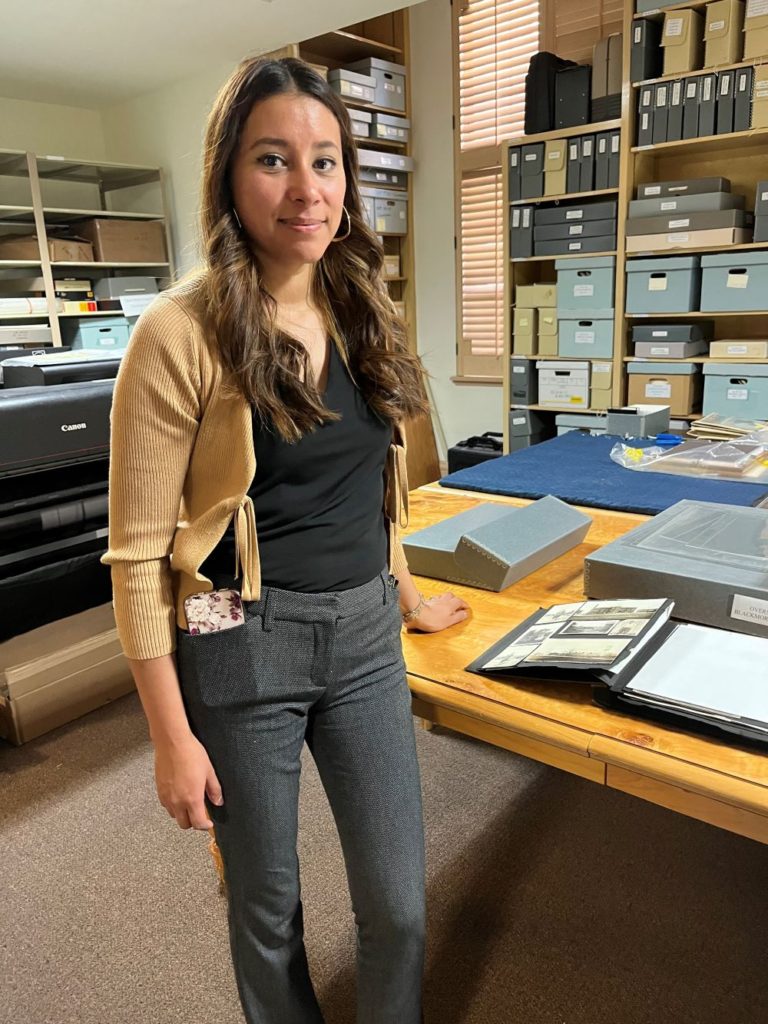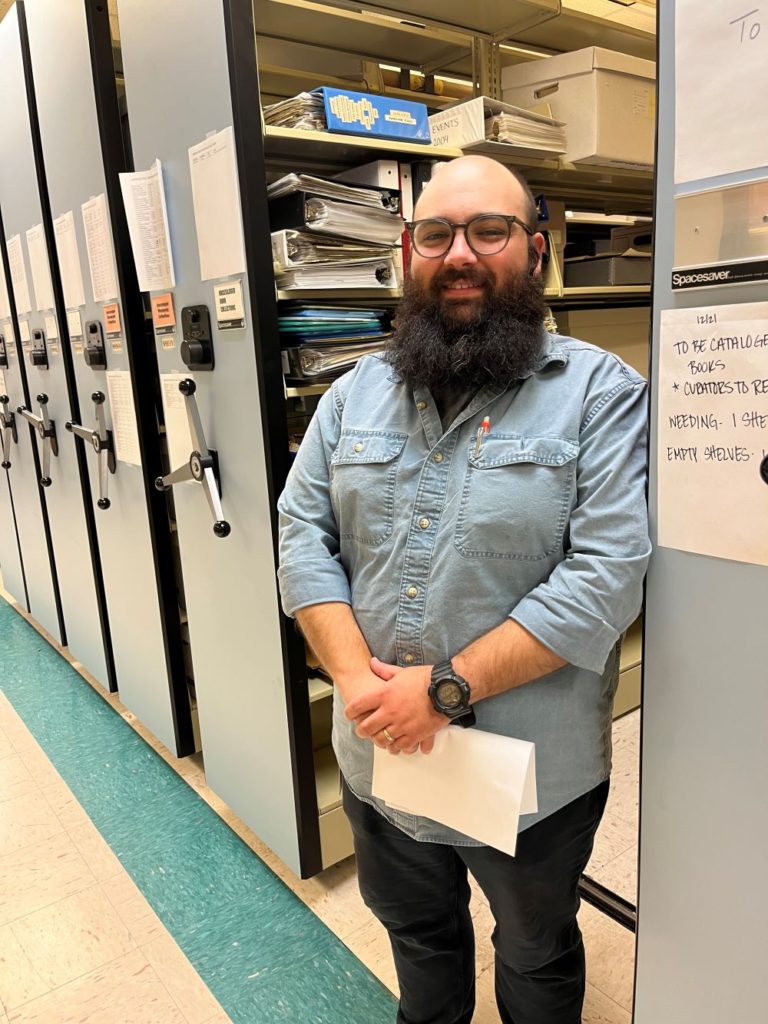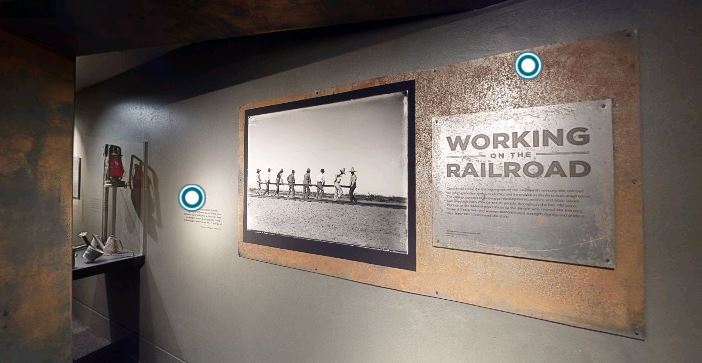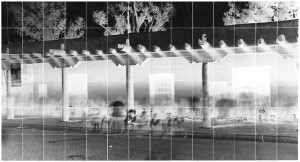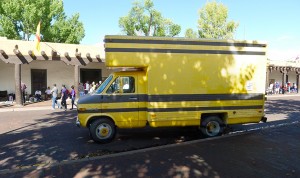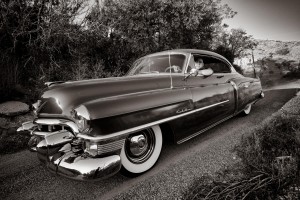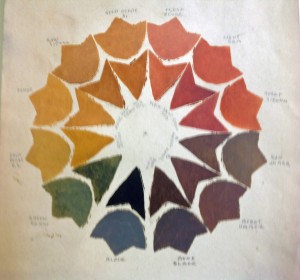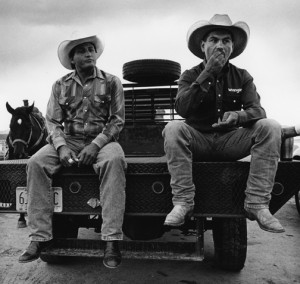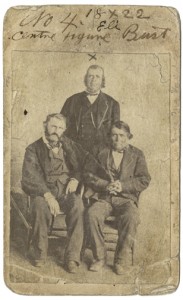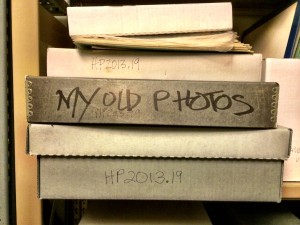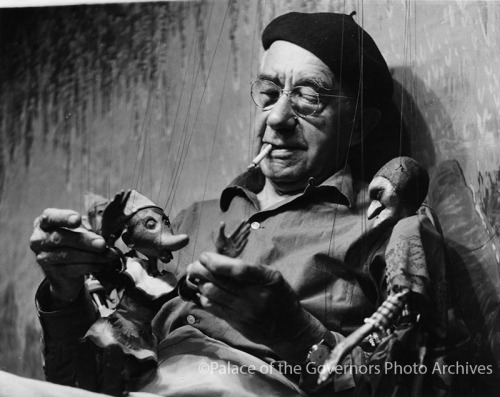
Santa Fe, NM – New Mexico History Museum (NMHM) is the home for new collections about the life and work of internationally acclaimed artist and printer Gustave Baumann. Born in Germany, Baumann was an internationally noted printer and artist who settled in Santa Fe, New Mexico in 1918. He died in 1971.
In 2021, the Ann Baumann Trust donated a substantial collection of Gustave Baumann’s documents and photographs to NMHM. The new gift, along with previously donated Baumann material, is now open to researchers by appointment.
The newly available papers include Baumann’s correspondence with his wide circle of friends, his annual hand-printed Christmas cards, letters between museum collections throughout the United States, photographs of Santa Fe, and the naturalization certificate he received upon becoming a United States citizen in 1904. Some of the materials were previously featured in In a Modern Rendering: The Color Woodcuts of Gustave Baumann: A Catalogue Raisonné by Gala Chamberlain and Nancy E. Green, published by Rizzoli Electa. In addition to archival materials, the donation included more than 200 of Baumann’s wood printing blocks.
“These materials provide detailed insights into Gustave Baumann’s personal relationships and business practices. They are an important resource for anyone wanting to better understand Mr. Baumann and his times,” said Billy G. Garrett, executive director of NMHM.
The work has been spearheaded by Alice Wehling, a contract archivist working with museum staff, who processed and organized the collection, and Madisyn Rostro, a project collections assistant who catalogued and photographed the wood print blocks. Funding for this work was provided by the Ann Baumann Trust.
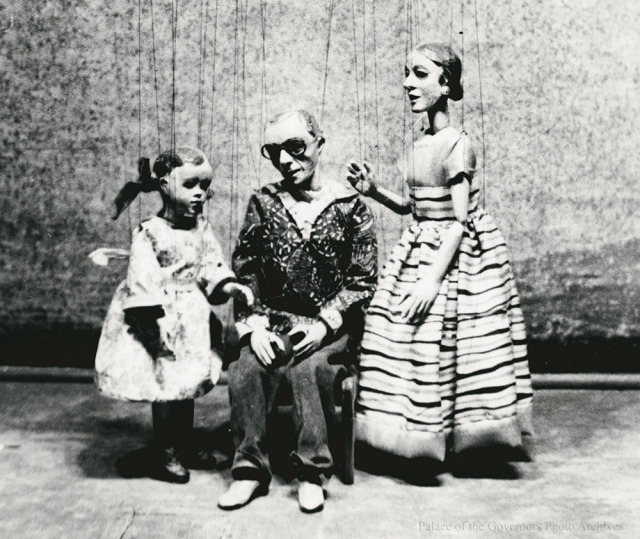
Researchers, including art collectors and students of Southwestern history, can discover what’s available by browsing new finding aids that describe the organization and content of the collection. The finding aids for both the papers and photographs are now available via the New Mexico Archives Online website. Researchers who wish to see the Baumann papers should arrange an appointment with the Fray Angélico Chávez History Library; appointments to view photographs should be made with the Palace of the Governors Photo Archives. The next phase of the project will selectively digitize items from the collections and make them available online.
Other Baumann-related materials, principally his artwork and marionettes, are included in the collections of the New Mexico Museum of Art, also a part of the New Mexico Department of Cultural Affairs.

